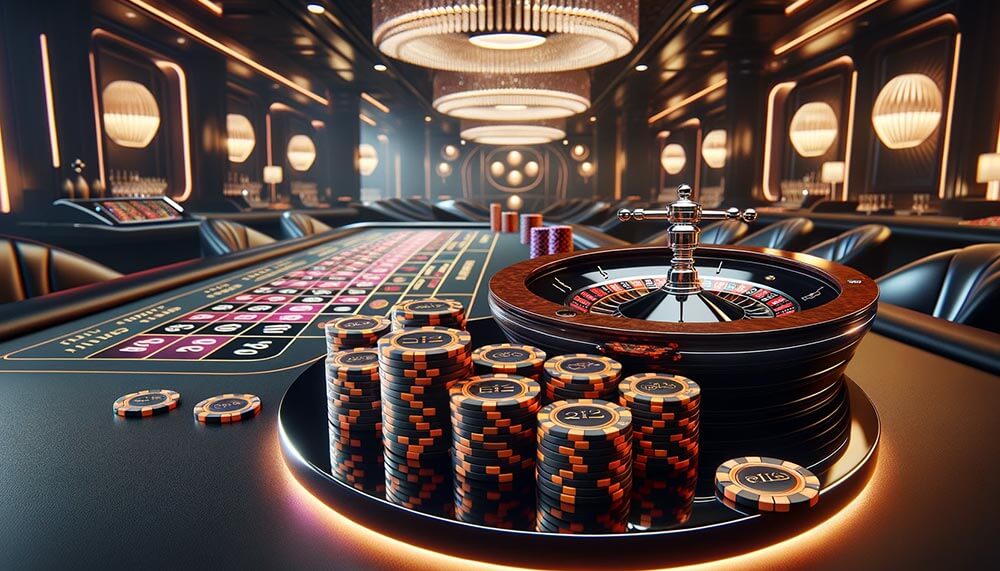Regarding casino slots games, players often become captivated by the bright lights, engaging themes, and the excitement of spinning the reels. But beneath the glitz and excitement lies an important concept that all players must grasp: Return to Player percentage, or RTP. This vital metric plays a significant role in influencing the amount of money you can expect to receive back over time, affecting your gameplay and strategy as you play.
RTP is usually expressed in percentage terms and indicates the typical sum of money returned to players compared to the cumulative wagers. For instance, if a slot game has an RTP of 95%, it means that, on the average, players get back $95 for every $100 they stake. Understanding this concept can assist players in making educated decisions when choosing which slots to play, ultimately enhancing their gaming experience at the casino.
What is the meaning of RTP?
The Return to Player concept, often called RTP, represents an important element within gambling slots. It denotes the proportion of all wagered money which a particular slot machine is programmed to refund to players in the long run. For example, if a slot has an RTP of 95%, this means that, hypothetically, players should anticipate to receive back 95 dollars for every $100 bet during extended play. Grasping RTP aids players assess the likely profitability of different slots.
RTP is not a promise of specific victories but instead a average calculated throughout many spins. Players’ experience can vary significantly due to the chance intrinsic in slot machines. A better RTP implies better odds for the player, thus making it a key aspect to take into account while picking which slots to play. Still, even with a high RTP, there can be periods during which players experience losses, since randomness plays a significant role.
It is also worth noting that different slots have different RTP percentages. Some slots may have a reduced RTP as a result of a considerable enjoyment or special features, while others keep a increased percentage to attract more conservative players. Comprehending RTP enables players to take educated decisions about their gambling strategies and control their bankrolls wisely while relishing the excitement of casino slots games.
The Way Return to Player is Being Calculated
A RTP, or Return to Player, is a vital indicator in the world pertaining to gambling slot machine games. It denotes the percentage of total wagered funds which a gaming device can be expected to return to players in the long run. Comprehending the method by which RTP is calculated demands insight of both the slot’s design as well as its payout structure. This RTP is calculated through intricate calculations as well as statistical analyses executed during the slot machine creation phase. Slot creators consider multiple factors, which include the frequency of successful outcomes as well as the amount for payouts on every outcome.
To compute this metric, developers model a vast number in terms of spins of the slot machine. Such simulations help determine the average amount that typically, a player can expect to win based on their wagers. For instance, if a machine boasts an RTP of 95 percent, it suggests that, theoretically, among every one hundred dollars wagered, gamblers should anticipate get ninety-five bucks back in the long term. This figure doesn’t represent the amount a player might receive in a single session and during a couple of spins; instead, it shows overall return projections.
The values of RTP tend to be generally published from the casino or slot developer. Gamblers must always seek out this data when choosing a casino slots, because it can significantly affect their overall enjoyment. A higher return value typically means a higher probability of winning back a portion of bets, even though specific plays may differ greatly. Understanding this concept enables players make informed decisions and enhance their overall experience in the realm of casino slots.
Importance of Return to Player in Gaming
Comprehending the RTP or Return to Player is essential for any player involved in casino slots games. RTP refers to the proportion of total bets that a slot machine is set to pay back to players over the long run. A greater Return to Player shows that players can expect receiving a bigger portion of their bets back, making it an important factor for those attempting to maximize their gaming experience. Understanding this figure aids players make informed decisions about which games to play, as it can greatly affect their chances of winning.

Furthermore, Return to Player has a central role in the overall fairness and clarity of casino slots. Players are often attracted to games with greater return rates because they provide a superior chance of winning over the duration of gameplay. Casinos and game developers use Return to Player as a marketing tool to draw in gamers, ensuring they maintain a competitive edge in the booming gaming industry. By being aware of Return to Player, gamers can choose games that match with their comfort level and objectives.
Finally, the idea of Return to Player encourages safe gaming practices. Recognizing that not all slots will provide immediate returns and that RTP is based on extended play, players can regulate their anticipations and gambling behavior effectively. win55 This knowledge enhances the enjoyment of slot games while promoting a more sustainable gambling landscape. Gamers who comprehend the significance of Return to Player are likely to have a better experience and reduce the chances of problematic gambling behavior. win55 Đăng nhập